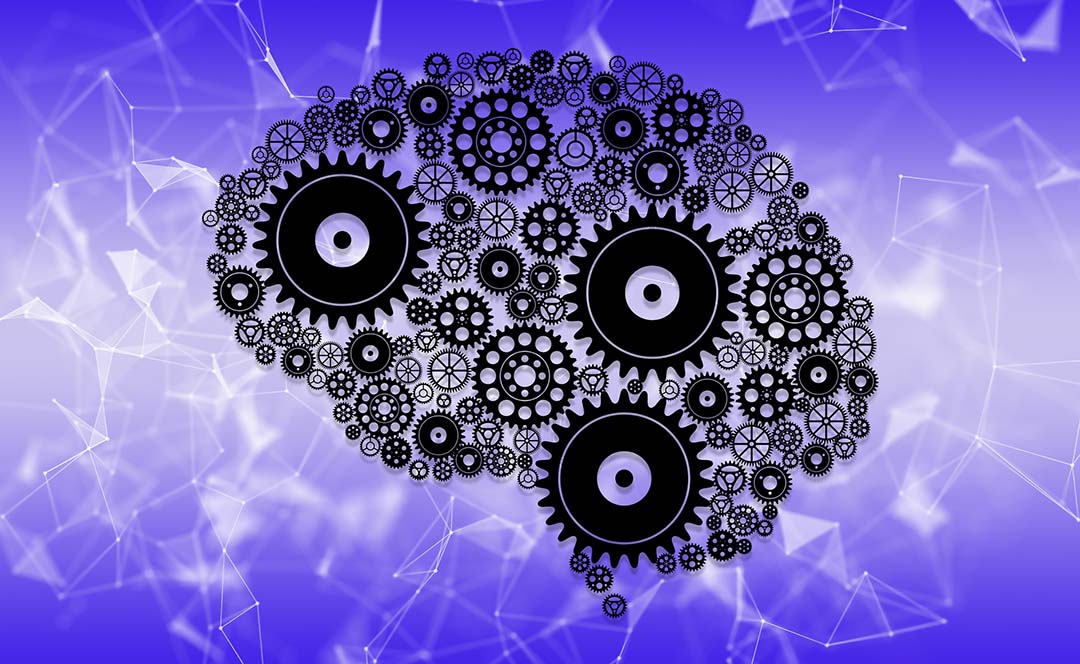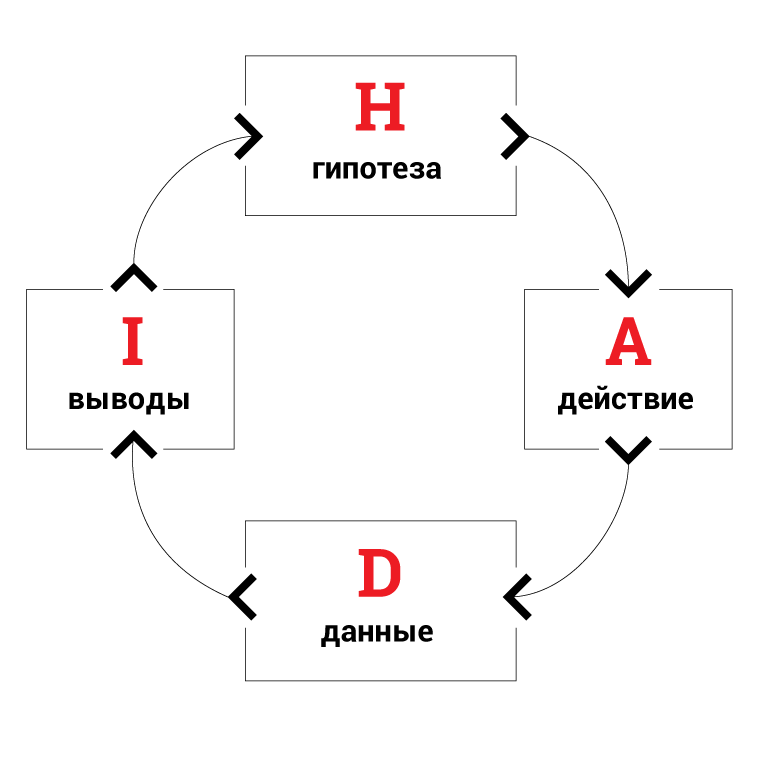
The benefits of product thinking can now be heard from every iron. Indeed, it is necessary not only for product managers, but also for the whole team. Then we will really make a quality product that has maximum value for our client.
However, in few places you can read what this is and what is manifested.
Below I want to state my vision of this process.
At one of the mitaps, they asked me: “ How can I test whether I have food thinking or not? "And I thought the article could be seen as a diagnostic tool. Reading each paragraph, try to honestly answer the question: “ Do I have this, or do I still have something to work on?” "
1. Thoughts are products, not features
The key objective of the product is to bring value to the user. And it seems that adding a separate cool feature will increase this same value. However, the whole is always more than the sum of its components.
When we add something, it is important to remember that this will affect the entire product.
Here is an incomplete list of questions that you should ask yourself before doing this or that feature.
- What is it for?
- How will it affect the product?
- Who / how will use it?
- And what will happen if we do not?
- How much will the support cost?
2. You are not your target audience
Of course, there are exceptions when you make a product for product development, but in most cases this is not so.
In psychology, there is such a mechanism as projection . This is when we transfer our feelings, thoughts, desires to another person. Therefore, as empathy is not included, you will still have different values, outlooks on life, pain and tasks.
As a result, if we are guided by the principle “ I think it will be better for them ”, we will make a product for ourselves. And this is especially funny when a team of bearded men saws a product for single moms :)
3. Explore
In order to bring together the pictures of our world and the user, it needs to be constantly examined.
Conceptually, there are 2 types of research:
- with the involvement of users (questionnaires, interviews, etc.)
- without attracting users (analytics collection)
You can do this in different ways, there are enough articles on the Internet.
4. The whole hypothesis
In order not to be mistaken about what our user needs, it is necessary to formulate all our assumptions as a hypothesis. But a hypothesis implies a fraction of doubt and the fact that this needs to be verified.
Therefore, the favorite " Let's do it ... " is better to replace with " I assume that if we do ... it will affect ... ". Here you have a healthy share of doubt, and the wording of what you are going to do, and how you plan to check it.
5. Experiment
Here the notorious HADI cycle helps us.
They came up with a hypothesis -> Launched an experiment -> Collected data -> Draw conclusions

Each hypothesis has growth potential. Therefore, the more hypotheses we test, the better. Let the first experiments be synthetic, incorrect, “sucked from the finger”, the main thing here is to start, if you have not started yet.
A very useful question from the results of the experiment, which contributes to the development of product thinking: “ What became clear to us, what was not obvious before that? ".
Key experimental characteristics that are important to consider:
- fast;
- cheap;
- reliably.
6. The user is not stupid, he is what he is
It seems to us that everything is so clear and obvious in our service. And for some reason, users do not understand that you need to click on this button and go in circles, and then generally leave.
You can, of course, call them stupid, only it will not lead us anywhere. When developing the application, expect that both babies and grandmothers at 90 will use it.
7. Loyally accept user feedback
We are very unpleasant when someone criticizes our work, which we spent so much effort on. This is how our psyche works. Automatically turns on the mechanism of psychological defense - depreciation .
When you look at a detailed review with one star, the first thing that comes to mind is "the fool himself." But then again, such a path does not lead anywhere. Imagine that the user sat down and spent part of his life telling you about his pains. It’s better to exhale, say “thank you” to him, and then soberly re-read the review and separate the grain from the chaff in it.
8. Be open to new
Again, our psyche does not like change. And so we can very professionally find 10 reasons why a new idea is nonsense. Moreover, the more intellectually developed a person is, the more protection works at a higher level.
There is a simple phrase - “ Let's try! "Which allows you to move forward. Moreover, it is well suited both for the proposal to do something and for the response to the proposal.
9. A negative result is also a result.
The item is very battered, we have been told it since childhood. But so often I hear "did nothing" about some kind of file that I decided to add it to the list.
10. Refuse inefficient features
Ineffective features clog the interface, lengthen regression, load technical support, etc.
It sounds quite logical, but for me it is one of the most difficult points. It is so painful to give up what was done for a long time, put a lot of strength and energy. And it seems that just about everything will take off, but it still doesn’t ...
The list goes on.
Write in the comments what else the product mindset is developing from your point of view.